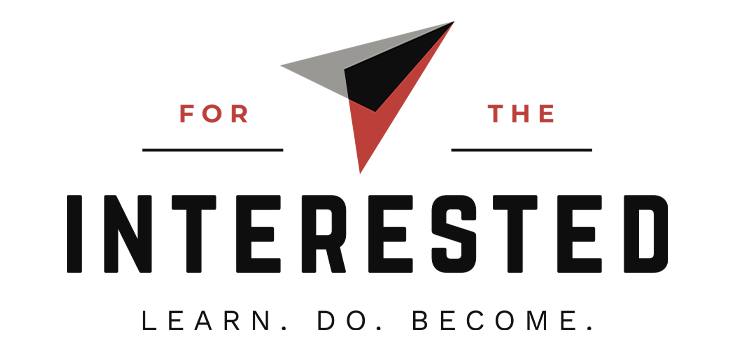The secret to attracting more followers and customers is to tap the expertise of the existing ones you have.
The simplest way to do this is to ask your audience five simple questions.
Their answers will unlock valuable information you can use to better position your product in the market, find your target audience, and discover ways to improve your existing creation or launch new ones.
Best of all, you don’t need a huge pre-existing audience or customer base to do this. The answers of just a handful of people can drastically improve your chances of attracting a lot more.
Here are the five questions to ask and how you can use the answers to get more followers and customers…
Question 1: Why did you subscribe, consume, or purchase this product in the first place?
The answers to this question reveal the expectations your audience had before they consumed your creation.
It gives you a glimpse into why they joined or purchased in the first place and clarifies the expectations they had about what your product will do for them.
These expectations define how your audience ultimately judges your work.
In reviewing these answers, look for common words people mention and then incorporate that language into the way you promote your product to new people.
For example, if multiple people mention they signed up because they thought your product would make their work easier, you may want to emphasize that your product descriptions — you know it’s a sales hook that works.
(Btw, I’ve used this question to inform how I put together my daily “secret” social media tips emails.)
Question 2: If you were to recommend this product to a friend, what would you tell them?
While the first question gives you insight into people’s initial expectations when first trying your creation, this question reveals what they actually value now that they’ve experienced it.
Those answers may be similar, but often they’re not because expectations and reality are two different things.
The way people who consume your creations describe its value may or may not align with the value you think your work provides. Hearing what they have to say is valuable because you can use it to refine the messaging you use when promoting your product.
It’s also a great way to avoid using jargon in descriptions of your work.
You may think it sounds great to describe your creation as a cross-platform, AI-powered, algorithmic, first-to-market, thingamabob, but I doubt your actual customers will use any of those words.
You’re always better off describing your work in ways your customers describe it as opposed to with meaningless jargon.
Question 3: What other products do you use that provide a similar value to this one?
No matter how unique your creation, there are surely other places your audience can go to get similar value.
This question prompts them to tell you those places and delivers two valuable pieces of information to you.
First, it gives you an idea of where to find your target audience because whatever products, publications, or activities people mention in their answer to this question can then be targeted with your marketing outreach.
You now know people who enjoy those things, are likely to enjoy your thing. That’s valuable.
Second, it reveals who your actual competition is.
In some cases this may be obvious — if you make widgets you probably know the other widget makers in town. But in many cases you’ll discover the competition is far less obvious.
For example, if you produce a newsletter that helps people improve their work, art, and life (like I do for example — check it out here if you’re one of The Interested), your competition may not be other newsletters as much as it is podcasts, books, or YouTube videos.
This competitive information can inform how you market your product and understand its role in your audience’s lives.
(Btw, here are 7 ways to better connect with your audience.)
Question 4: If you could change one thing about this product, what would you change?
Even people who love your product will have things they think could be done better.
And chances are a lot of their ideas will be good.
This question offers a way to tap into your audience’s ideas and discover ways to improve your product. Those improvements will likely please your existing audience AND make your product more compelling to new people.
This doesn’t mean you need to make every little change people suggest and there will always be things people disagree about, but if you see recurring themes you may want to consider how to incorporate them and make some tweaks.
Question 5: What’s a problem you’re currently trying to solve?
Your audience has problems that your product doesn’t solve.
But that doesn’t mean it can’t in the future.
This question reveals ideas about how you can expand your product or create a new one that your audience will value and WANT to pay for or consume.
It can guide the next step in the evolution of your work and reduce the time, effort, resources, and risk associated with your future work because you’ll be able to create something designed to solve a problem you know your audience has instead of just guessing.
If you enjoyed this post, check out For The Interested.
It’s for you.

